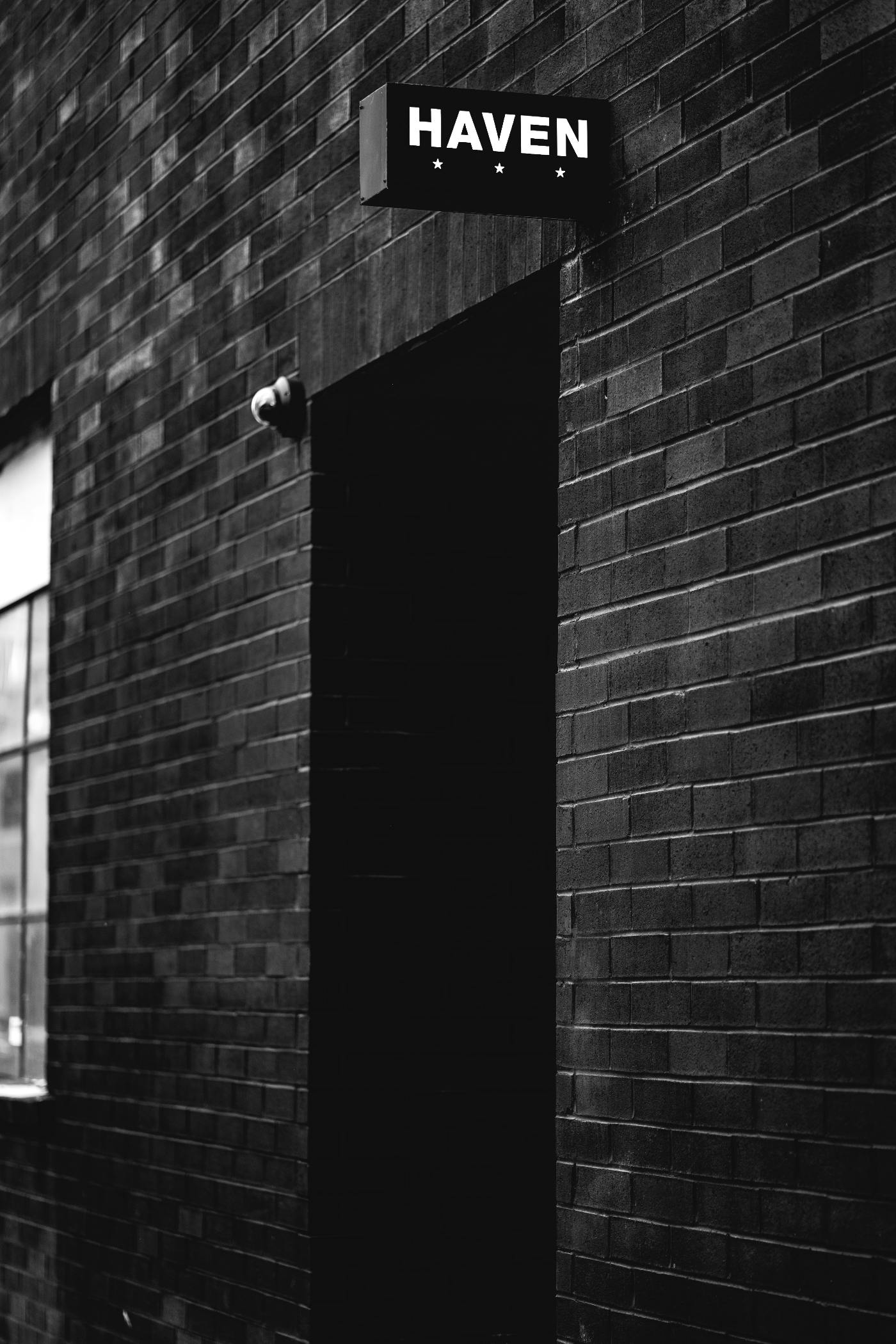
We’ve discussed this before, but it bears another look. When it comes to being creative, following a creative life, or taking on a job in a creative field, one of the biggest roadblocks is ourselves and our editor.
We’ve discussed this before, but it bears another look. When it comes to being creative, following a creative life, or taking on a job in a creative field, one of the biggest roadblocks is ourselves and our editor.
We will discuss the editor and how he gets in our way and gives us excuses to avoid being creative. We’ll also look at ways to keep that editor at bay and why he shows up even when we think we have this creative thing down.
The Editor
As we have discussed before, the editor is the voice, or voices, in our heads that fill us with fiction, but in such a way that we think we are fed facts.
The editor is an emotional manipulator. This is not the good editor who makes your writing or film tighter. This is an illogical voice that we have taught ourselves to listen to and to hear as logical. It has many tricks and misconceptions that it delivers with a velvet voice of apparent kindness and care.
However, as a creative, it is a harmful, dangerous, and soul-killing voice and should be ignored at all costs.
No, Variations on a Theme
It should be easy to recognize when our editor says no; it’s one word, no, easy, right? Well, not really. The thing is, our editor's voice is a little more clever than that. It knows you’d spot the word “no,” and you’d fight against it, but it throws roadblocks in the way.
The voice won’t come out and say no; however, it will say things like: you’re not smart enough, you’re not attractive enough, you haven’t worked here long enough, you are a phony. Those types of messages come fast and hard out of the editor.
The editor is weakness, fear, past failures, and what people have said to you; all kinds of fuel are available to the editor's voice as it tries to crush your creative impulses.
One of the sneaky ways the editor gets you to give up or doubt yourself is by getting you to impose rules that do not exist.
Self-Imposed Rules

In our lives, there are plenty of rules. There are societal rules, work rules, relationship rules, traffic rules, and on and on. Every day we encounter written and unwritten rules. As a creative, the last thing you want to do is put more rules on your work. Especially the kind of rules that you are imposing yourself for no real reason.
When you find yourself saying; I didn’t know I could do that, you need to recognize that you have subtly placed a rule on a situation that does not exist.
We place rules on situations when we’re afraid, unsure, or even unwilling to take a risk. Creativity requires risk all the time. We must be willing to risk failure, derision, and adverse reactions to our work. If we fear risk, we can never hit our creative core.
One of the ways we avoid risk is by adding unspoken or undeclared rules to a situation.
When playing a team-building game, an improvisation game with a group, a game that gets everyone open and free thinking and people say, “I didn’t know we could do that,” or “no one said we could do that,” what you're hearing is people imposing rules for safety, to avoid risk.
This is part of the editor’s game. We're so schooled in rules that we balk when faced with a situation where there are no rules. As kids, when there were no rules, we just played; now, when faced with no rules, we don’t trust it; we think there has to be a catch. We’re so steeped in following the rules that when faced with the freedom of no rules, we make them up.
Rules Feel Safe
Rules give us something to follow, boundaries to bump up against, and shelter from appearing stupid or saying the wrong thing. Rules, no matter how much we complain about them, are the thing we cling to when we get into uncharted territory.
When looking at creative work, it’s essential to understand that if you’re applying rules that do not exist, you’re cutting the legs off your creativity.
The question to ask yourself is, why are you doing it? Why are you not just embracing the fact that there are no rules and just running wild?
The answer usually is, well, I don’t feel safe, I don’t feel creative, or I don’t want people to think I’m weird, dumb, silly, etc.
The reality is that we should rarely feel safe when we’re creating. Being creative, dropping all the walls, dropping all the excuses, and ridding ourselves of self-imposed rules means we are vulnerable, and that is an uncomfortable place to be. It’s pure risky business, and though that sounds exciting when faced with risk, most of us shy away from it. And one of the ways we shy from it is by imposing rules that don’t exist. We do this because it gives us the illusion of being safe.
Safe From What

What is it that we are so in need of feeling safe from?
For a creative, the reality of life is that not everyone will love your work. Not everyone is going to think you’re special. Not everyone will understand your ideas or even your reason for pursuing a creative life. That’s fine; the only person you have to contend with is yourself.
If you’re being true to yourself and authentic in your work approach, then the nay-sayers and the judgmental folks will eventually fall away. There will always be critics. There will always be people who will make loving at telling where you failed and how you could have done better. But, the truth is, those people are not risking anything. They are not putting themselves out there and creating. They are simply judging. And, it doesn’t matter who they are or how educated they are; they do not create, so you need to take their words with a grain of salt.
Yes, criticism is brutal, and it’s easy for those on the sidelines to say ignore what the critics say. But, when you've put yourself into your work and put it on display, it feels like a personal attack, which can be very difficult to handle.
Very rarely has an artist or creative person just appeared and been unscathed by critics. Picasso’s work was severely criticized as “schizophrenic” and even “satanic” in the beginning. Van Gogh sold only one painting while he was alive, and that was for 400 francs ( about $1000 in today’s money). Marcel Duchamp is considered one of the greatest conceptual artists of our time, and yet, his work Fountain remained in a gallery for only two days and was thrown out with the trash.
From Warhol to Cezzane, from Monet to Newman, artists have been assaulted by critics, but the great ones are the ones who stayed true to themselves and refused to put rules on their work or pay any attention to the critics.
You must continue to risk and be true to yourself and your work. Critics will come and go; usually, they never get into the arena and get dirty and bloody; they remain safe behind their self-imposed importance.
Being judged hurts, but it’s not a hurt that should paralyze the creative person. Shake it off and stay the course. Risk trumps safe every day of the week.
No Rules is Just Right
When starting a new project as a creative, don’t look for rules to impose, don’t look for boundaries that allow you to feel some sense of safety, and do not look for excuses not to be vulnerable or take risks.
When you put your heart and soul into something, of course, you’ll hope it is received with love, kindness, and care, but reality shows us that’s not usually the case. That’s not a reason to quit.
No rules mean freedom. Within that freedom is potential. That potential allows for more creation, more risk, and more vulnerability. When you find you’re no longer worried, no longer risking, no; longer being vulnerable, then it may be time to look for new work. But, until then, keep going. Keep pushing boundaries, challenging yourself and those around you.
Keep embracing the no rules situation and stop imposing rules where none exist.

